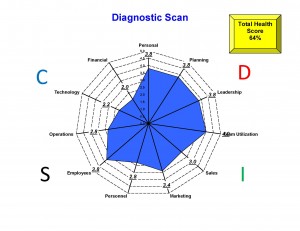Effective Listening
Few weeks back I wrote about my discovery of how Toastmasters helps my clients do a better job of cold calling. I also spoke of the primary reason I joined Toastmasters few years ago. My reason was to become a better speaker. What I didn’t realize was that Toastmasters was going to help me in another area where I actually needed even more help, an area which is absolutely critical to our business success and frankly success in every other area of our lives and that is effective listening.
Frequently, as part of my coaching engagements, I accompany my clients on their customer meetings. And consistently I witness their eagerness to continue a presentation and hammer down 8 more features and benefits when their customer has already asked them what’s the next step, and when we can get started, or more sadly when the customer starts talking about more serious problems that they hope my clients can help them with, and these are typically problems that if solved, not only bring more income to my client, but also turn these customers into longer term repeat business and great sources of referrals. So often we leave that extra money on the table because of our preoccupation with saying what is on mind as opposed to be fully present and responsive to what we are being told.
Now everyone, including myself, thinks we are better listeners than we really are. Are we capable of listening better? Absolutely; but just like anything else our listening muscles need exercise and here again another very important part of Toastmasters function, that is, evaluating speeches can be of enormous value in improving our listening skills. And the fact that our evaluation is also evaluated gives us timely feedback that can help us improve on this most important transferable skill.
Posted: January 19th, 2010 under Business Owners University, Public Speaking, Small Business.
Comments: none

